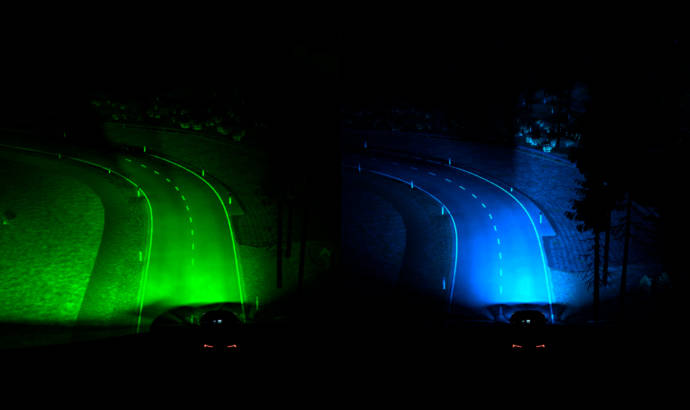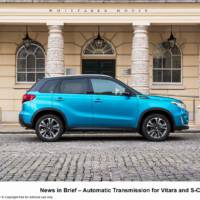Ford wants to offer its clients the option of seeing clearly when driving at night. So the newest technology introduced by the Blue Oval is helping clients to see better.
And it’s not the first time. The company first pioneered using road signs and lane markings as cues to adjust headlight beams to better illuminate the road ahead, especially around junctions.
Now, engineers from Ford Research and Advanced Engineering Europe are testing technology that uses real-time location data to effectively show the car the way to go. The predictive smart headlight system directs beams into upcoming corners even before drivers may have seen them, illuminating hazards and other road users more quickly and effectively.
The prototype advanced lighting system uses GPS location data, advanced technologies and highly accurate street geometry information to accurately identify turns in the road ahead.
An algorithm calculates the trajectory and speed of the vehicle to proactively adjust the direction of its headlights, providing optimal light coverage of bends, junctions – and even hazards lurking around the corner.
If the vehicle encounters a stretch of road where location data is not available, the system will work alongside camera- and steering‑based dynamic headlight bending technologies to continue to intelligently light the road until the location data improves.
Researchers have made extensive use of “digital twin” simulation that recreates the physical world in a virtual environment. The simulator accurately calculates how light falls and reflects in the real world, enabling researchers to better visualise and optimise the technology for drivers.



